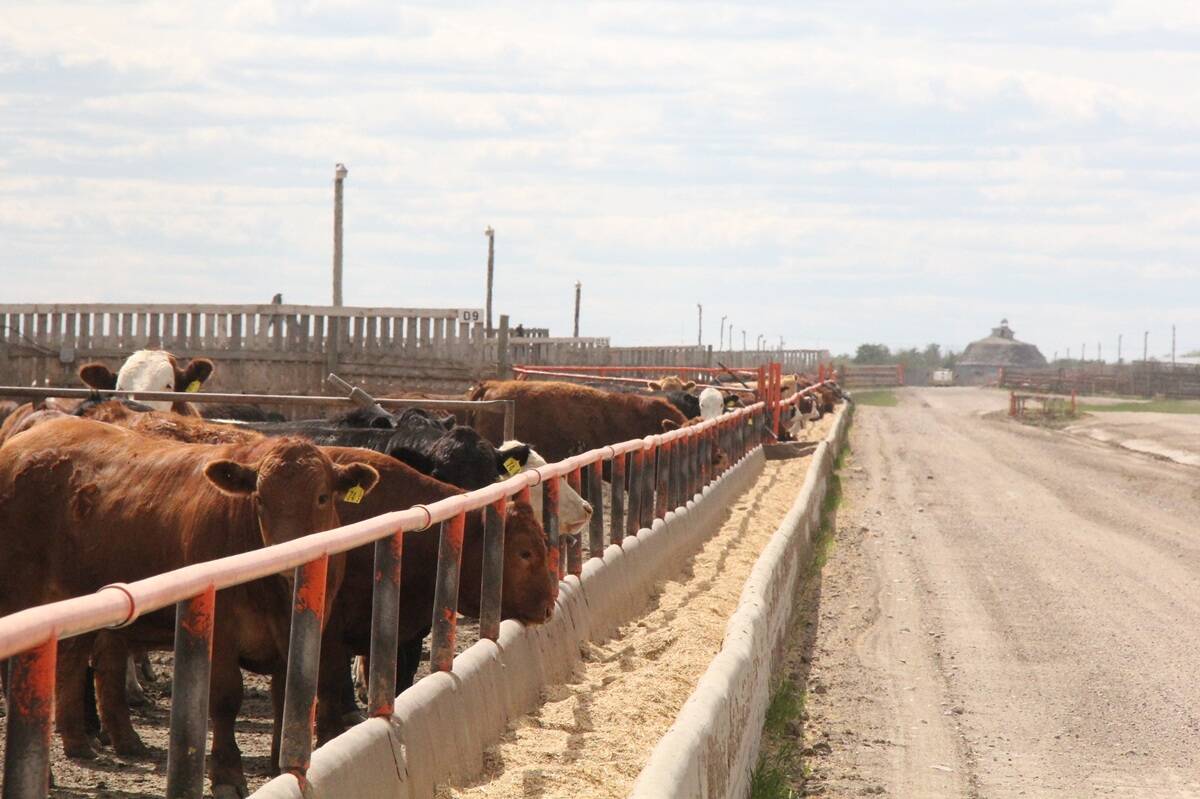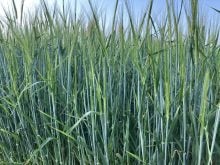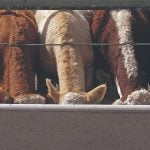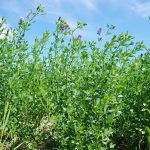Feeder cattle prices in Canada and the U.S. have been trading at or near historical highs. I’ve received many phone calls and emails from cow-calf producers and feedlot operators inquiring about further upside in the feeder cattle complex. Recently, the USDA and Statistics Canada released their semi-annual cattle inventory surveys. The cattle herd remains in the contraction phase on both sides of the border.
This is no surprise for anyone who has been monitoring the fundamentals. But there is more to the data than meets the eye when one dissects the numbers. Western Canadian feedlot operators have experienced significant swings in the Alberta fed cattle basis over the past year. There is potential for fed cattle basis depreciation again this winter given the number of yearlings outside finishing feedlots.
In the U.S, the number of feeder cattle outside finishing feedlots as of July 1 was up 100,000 head from 2014. U.S. feedlots have imported more Mexican feeder cattle as their domestic supplies tighten. The Canadian feeder market has been trading equivalent to or at a slight premium to U.S. values in an effort to curb exports. In this article, I’m going to point out a few factors from the Statistics Canada and USDA inventory reports to help feedlot operators and cow-calf producers with their marketing strategy.
Read Also

Unwinding the fibre in feedlot cattle diets
Research into how barley rolling method and undigestible NDF levels affect animal performance and digestive health in finishing diets
Statistics Canada released its July 1 Cattle Inventory Report on August 23. Statistics Canada does a good job of listing the cattle category by farm type in Western and Eastern Canada. In these tables, we have the number of yearlings and calves on cow-calf and backgrounding operations. In essence, these are feeder cattle outside finishing feedlots in Western Canada. Yearling numbers are up but calf numbers are down.
Notice the total number of heifers for slaughter and steers one year and over came in at 1.176 million head, up 59,000 head from July 1, 2022, and up about 4,000 head from July 1, 2021. There are a few more yearling steers and heifers compared to last year.
On a side note, imports of feeder cattle from the U.S. are running 10,000 to 20,000 head per month above year-ago levels. On the latest Alberta and Saskatchewan cattle-on-feed reports, placements were above year-ago levels in the heavier weight categories. There is significant fed cattle basis risk with the increase in yearlings that may be placed in feedlots over the next few months and the larger imports of U.S. cattle into Alberta feedlots.
Notice that calves on cow-calf and backgrounding operations as of July 1 were 3.887 million head. This was down 80,000 head from July 1, 2022, and down 235,600 head from July 1, 2021.
The USDA reported feeder cattle outside finishing feedlots as of July 1 totalled 34.4 million head. This was down 1.3 million head from July 1, 2022. For the week ending August 12, U.S. year-to-date imports of Canadian feeder cattle were 97,121 head, down 35 per cent from the same time last year. It’s important to realize that in 2014, U.S. imports of Canadian feeder cattle reached almost 500,000 head. So far in 2023, U.S. feedlots have been aggressively buying Mexican feeder cattle, but U.S. buyers will head north during the fall period. U.S. demand for Canadian feeder cattle will increase in the final quarter of 2023.

In conclusion, as of July, 1, western Canadian yearling numbers were up 59,000 head from last year but calf numbers were down 80,000 head. This will pressure the Alberta fed cattle basis from December 2023 through February 2024. The lower calf numbers are bullish for fed cattle basis for March and April. U.S. demand for Canadian feeder cattle is expected to surge in the final quarter of 2023. There is a very bullish fed and feeder market brewing for the spring of 2024 due to the lower feeder cattle numbers on both sides of the border.
















